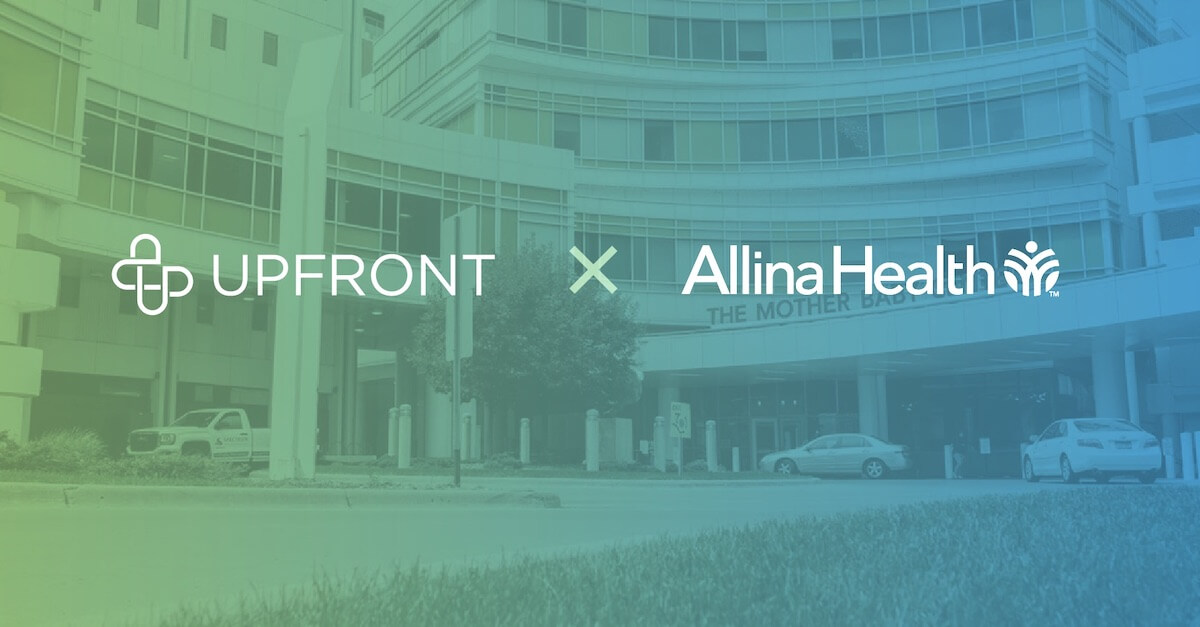Patient loyalty is one of the most important factors driving the success of your healthcare organization. Unfortunately, maintaining high levels of patient loyalty in healthcare is no easy feat. Because of increasing healthcare costs, health insurance issues, quality of care and other factors, few patients are loyal to any single healthcare system or organization.
Measuring Patient Loyalty
A study published by NRC Health showed a patient loyalty crisis in the United States. According to the data collected, 80% of patients would change their provider solely due to convenience factors. Nearly 20% would make the switch if they’re able to save $500.
Patients switch healthcare providers for a number of different reasons including insurance acceptance, previous experiences with the system, the location of the facility, the competency of the staff and the quality of the care. Whatever the case, it’s a costly problem: a five percent boost in patient loyalty can boost profits by 25% according to NRC Health.
Ways to Boost Patient Loyalty
With all that in mind, here are five steps your organization can take to improve patient loyalty in healthcare and maintain it over time.
1. Familiarize yourself with the factors driving or hindering patient loyalty within your organization.
One of the best ways to determine what factors are playing a role in determining patient loyalty within your organization is to conduct surveys and interviews with patients. Be sure to ask patients about the quality of care they receive, affordability, insurance coverage and any other factors that may be affecting their decision to continue receiving services from your organization. Many questions asked for HCAHPS or other patient satisfaction surveys address variables that drive reimbursement but may not include considerations that are important to current or prospective patients.
Rather than outsourcing your surveys and market research to a third party, which can be costly and time-consuming, consider sending out surveys yourself using a patient engagement platform. Upfront, for instance, allows you to send surveys to any number of people for whom you have contact information and at any frequency you choose. Healthcare organizations that have used Upfront have reported patient response rates of 55% to 60%.
2. Develop a clear vision for patient care within your organization and follow up on it.
Based on what you learn from your surveys and interviews, spend time developing a clear vision for the ideal patient experience within your organization. Make sure that all providers, administrators and staff members understand these goals and are willing to work toward them collaboratively to ensure that patients have the best experience possible every time they come through the door. Don’t pay it lip service; have the discipline to operationalize your vision.
3. Simplify things for patients.
One of the greatest barriers to quality healthcare is its complexity. When patients call your organization and can’t get the answers they need, or when they spend lengthy amounts of time in the waiting room before an appointment, they’re more likely to take their business elsewhere. Confusing payment or billing procedures can also undermine patient loyalty.
Streamline all processes for patients so their experiences are simple and stress-free.
This is another area where a robust patient engagement platform can help. Upfront automates appointment reminders and payment reminders, personalized for each of the five psychographic segments of healthcare consumers to motivate them to show up for appointments and pay on time.
4. Coordinate care.
Patients are more likely to be loyal to healthcare organizations when they have positive experiences with individual healthcare providers. However, coordinating care among different doctors or staff members is also important. Make sure your doctors and other staff members have clear procedures for collaboration when it comes to caring for each individual patient.
One progressive health system in Iowa, MercyOne, is coordinating care in a unique way: matching physicians and patients according to their psychographic profiles. Prospective patients can go to MercyOne’s website, which is dedicated to helping them find a primary care physician that is “right” for them.
Patients then answer the Upfront psychographic segmentation questions along with other questions based on needs and preferences. The website suggests physicians based on these profiles, and this matching system has proven popular with new patients.
5. Hold your staff accountable.
Every individual on the payroll plays a role in determining whether a patient remains loyal to your healthcare organization or looks for another provider. Hold each doctor, nurse, administrator and staff member accountable for his or her interactions with patients. If you learn that any employee is having a negative effect on patient loyalty, address the issue immediately.
While not an exhaustive list of ways to boost patient loyalty, these steps should get you started on the right track to keep your patients coming back — and your healthcare organization in the black.
For an in-depth look at using psychographic segmentation to encourage patient engagement and loyalty, please download our whitepaper.



